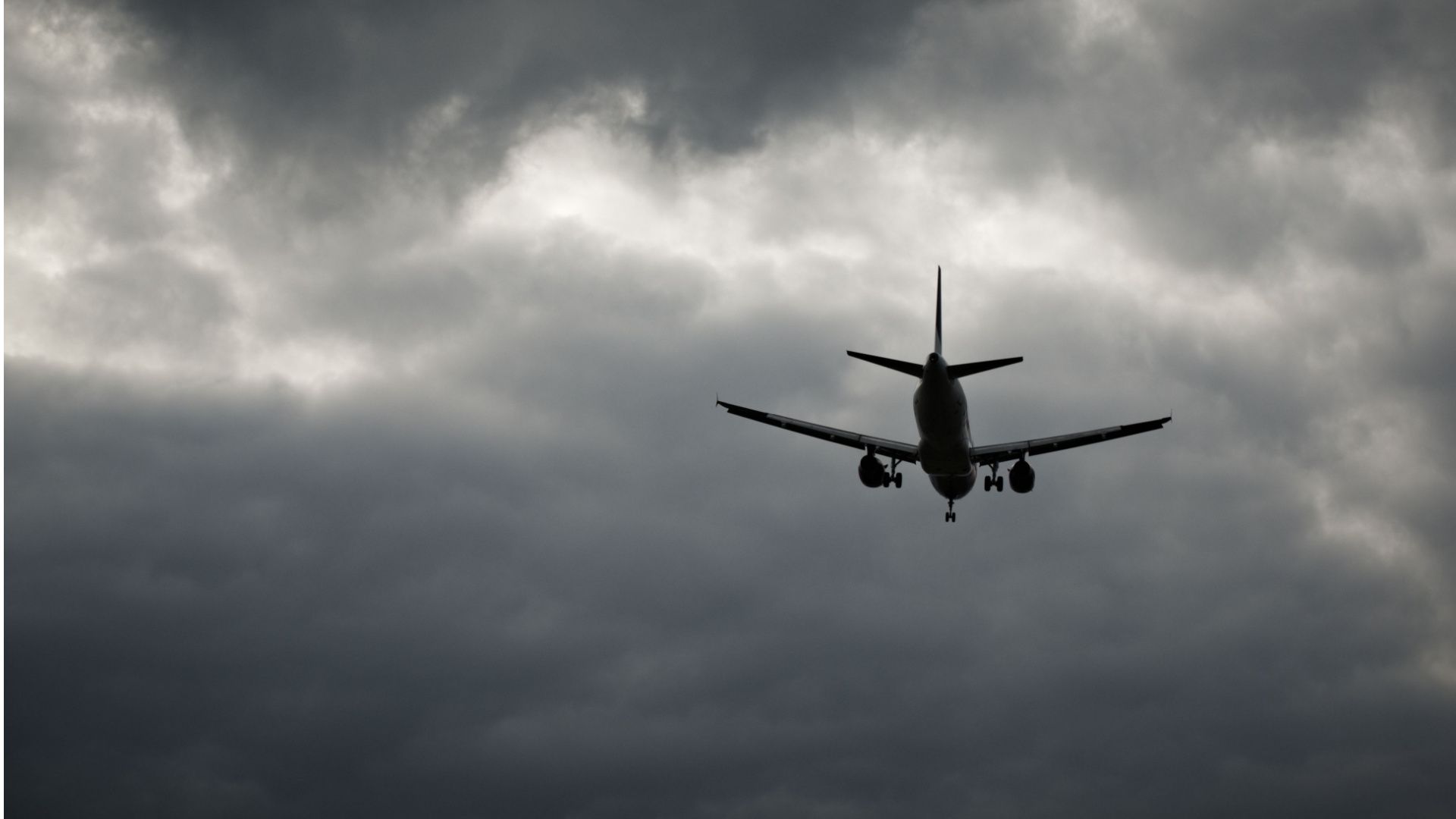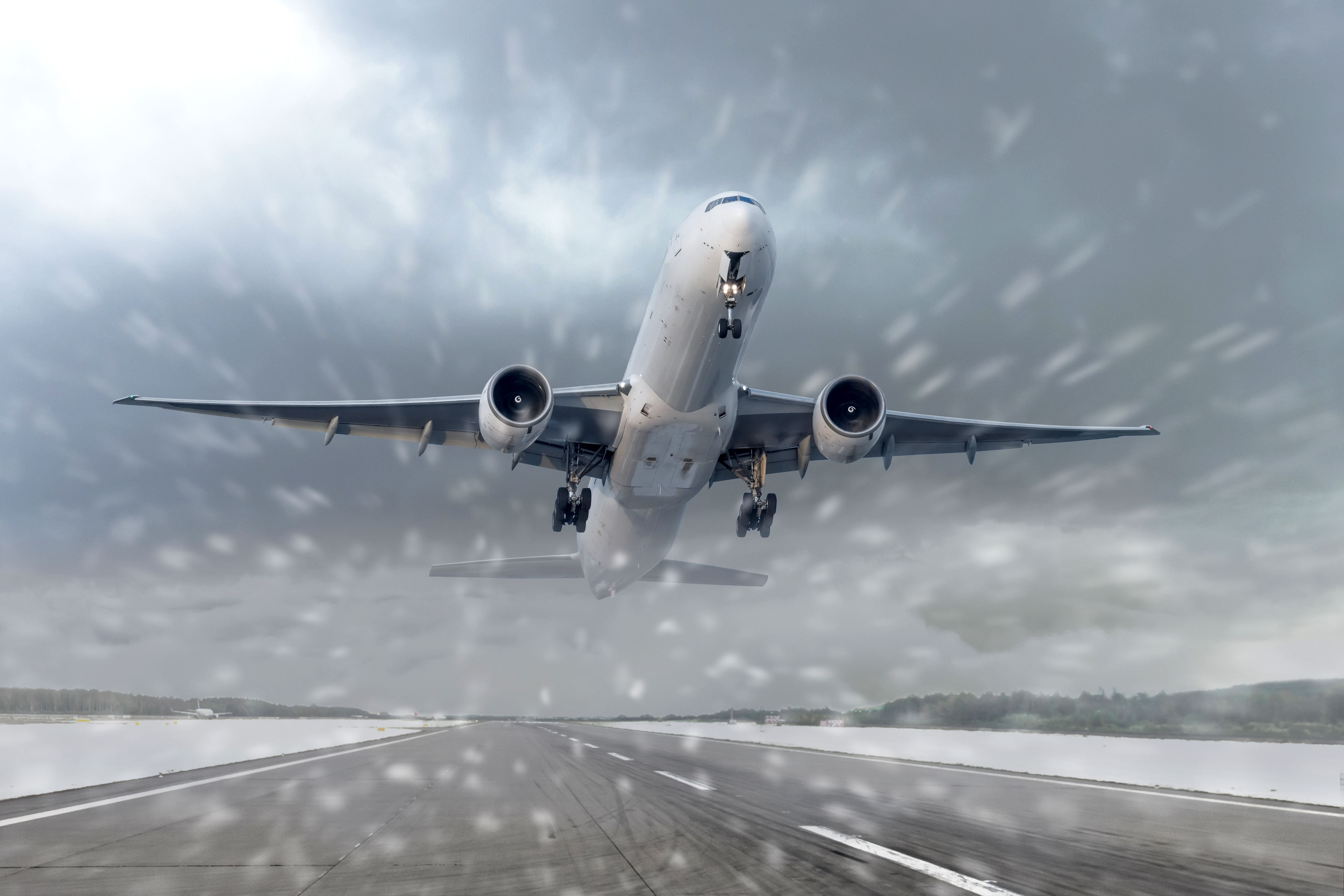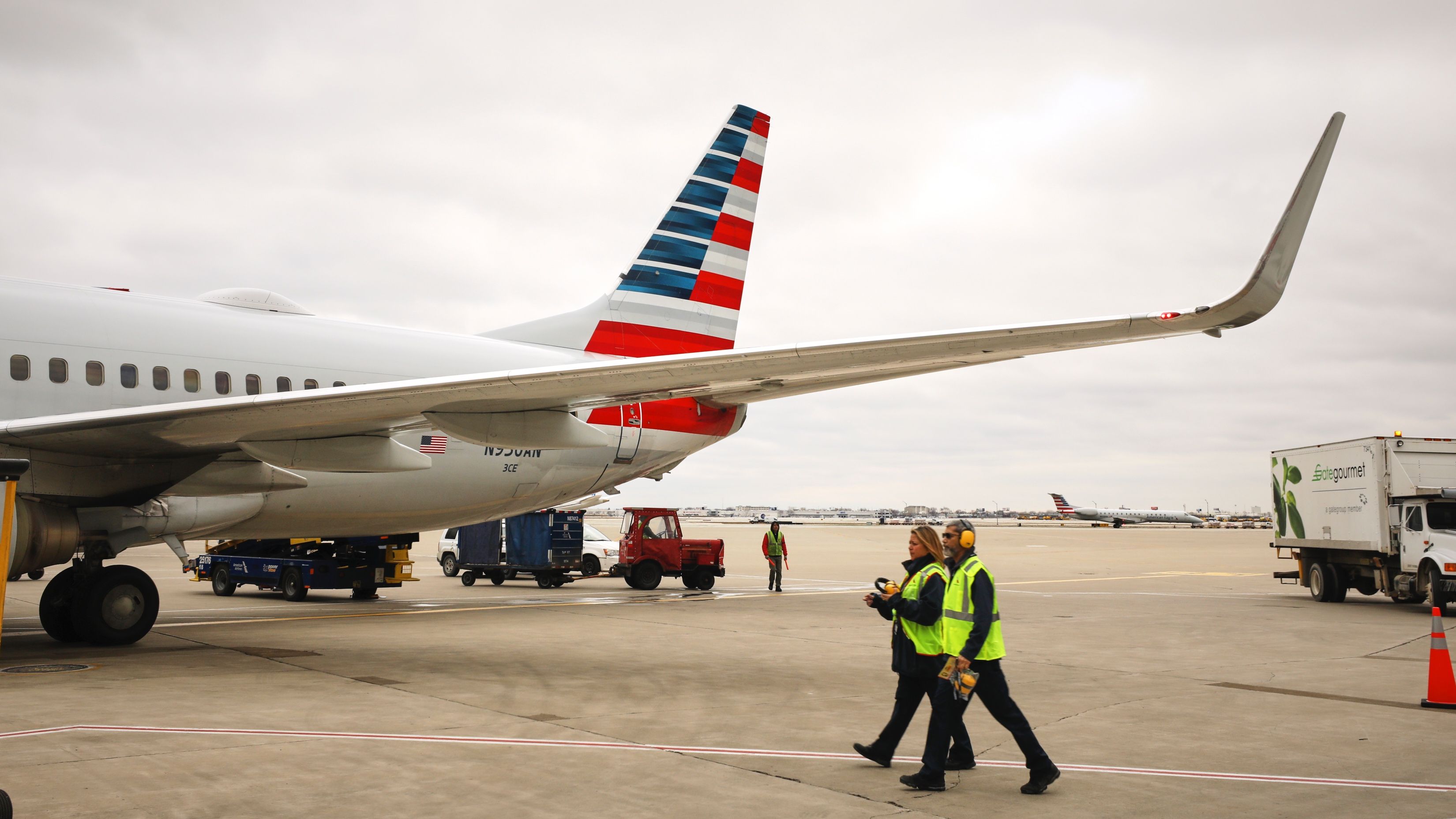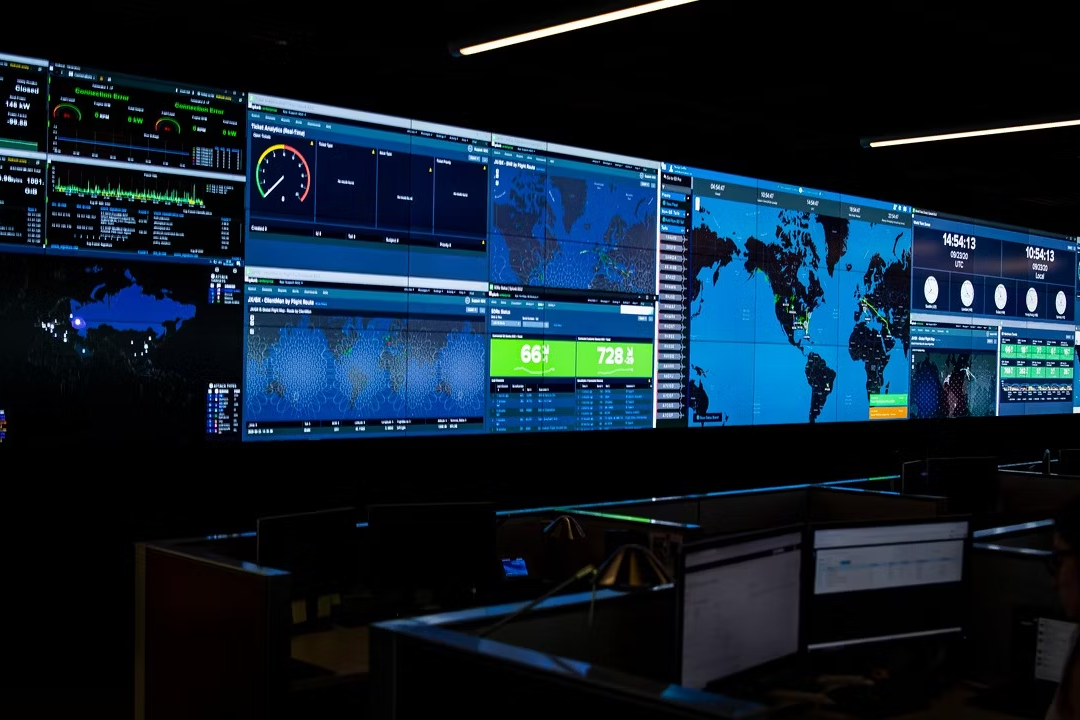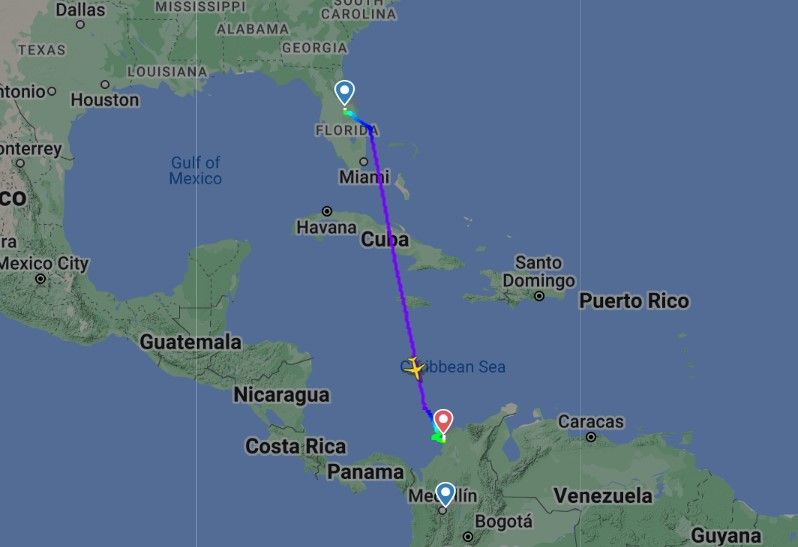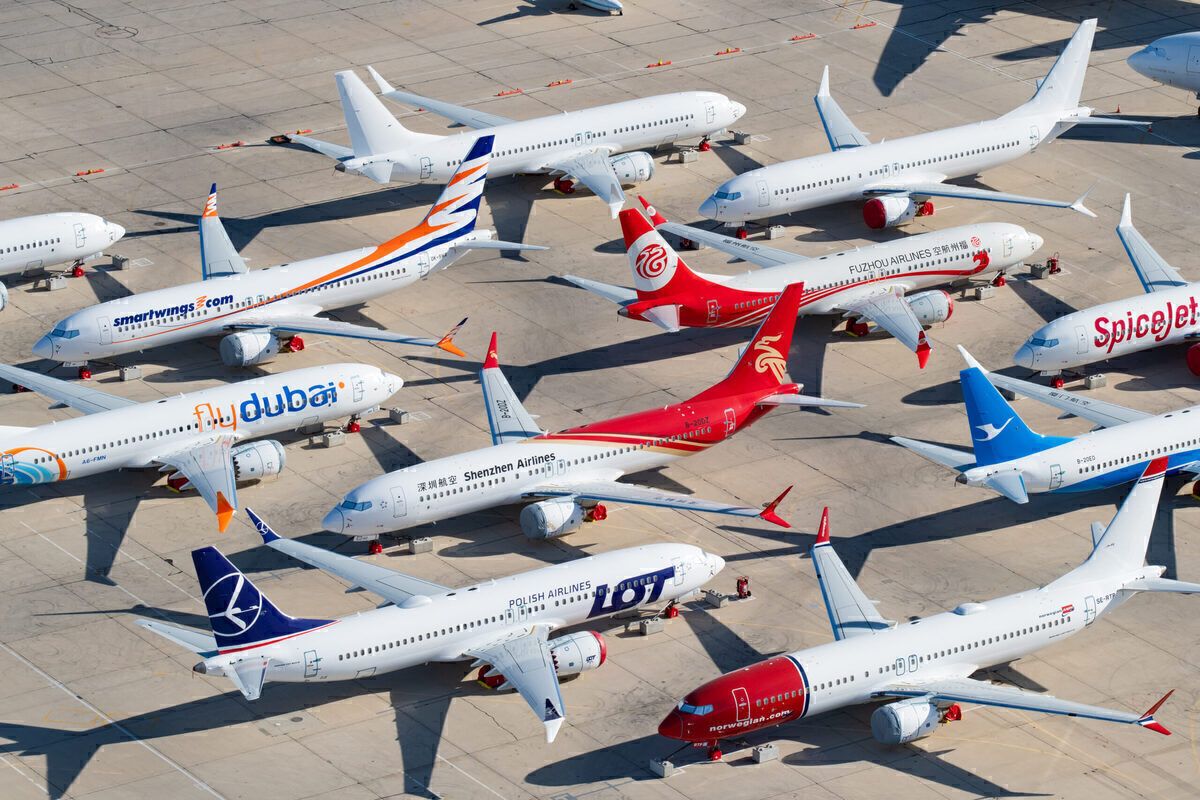Flight disruption events are common and occur due to a variety of reasons. Commercial passengers routinely encounter flight disruptions due to inclement weather conditions to mechanical failures and airport congestion. A flight disruption can be defined as a delay of more than 15 minutes from the scheduled time due to circumstances within or outside the airline’s control.
Similarly, flight diversions also cause delays to the flight. Flight disruptions can also be a result of the cancelation of a flight. Commercial airlines ensure that most of their flights run within a reasonable timeframe so that the ripple effect to the future schedule can be prevented.
Aircraft are expensive machines, and they only generate money for the airline when in the air. Therefore, commercial airlines operate very tight schedules when it comes to aircraft placements and routing. This is done to minimize aircraft downtime and maximize profitability. While airlines do their best to prevent flight disruptions, some situations are entirely outside of airlines’ control.
Photo: Jaromir Chalabala/Shutterstock
While this article highlights some of the common reasons that result in flight disruptions, we will cover only those caused by events outside the airline’s control.
1 Operating conditions
Extreme operating conditions resulting from inclement weather and other natural phenomena can cause flight disruptions. Aircraft are designed to fly in almost all environmental conditions. However, some events, such as blizzards, thunderstorms, or extreme winds, can result in delays and cancelations. Poor visibility can significantly limit departures and arrivals at airports.
Similarly, small airports located at high elevations rely on weather conditions for safe operations. Flights in and out of such airports will likely be disrupted due to operating conditions. These are outside the control of the operators. Airlines generally implement contingency plans to combat such events, but some cannot be foreseen.
Photo: aappp via Shutterstock
Areas that are struck by natural disasters, such as earthquakes, may encounter regional flight disruptions. Airlines with scheduled flights in the area may replace those with aid flights. Some airlines also run special or even free flights to help the affected people evacuate.
Additional flights also transport essential cargo to the most affected areas. The need for special flights may result in temporary disruption of scheduled flights. However, those decisions are at the airline’s discretion and do not fall under the category mentioned in this section.
2 Political instability
Political instability, war, and riots in the area are outside the airlines’ control and can significantly impact airline services. The Russian forced invasion of Ukraine has not only disrupted scheduled services for an indefinite period, but the conflict also poses safety issues in the airspace above. In such circumstances, airlines avoid operating in such areas to maintain the safety and security of the passengers, crew, and aircraft.
Similarly, an illegal act or sabotage can put the safety of a flight in danger, and flight disruptions can occur. For example, during an overnight stop at the apron of a conflicted airport, the aircraft may become a victim of sabotage. Similarly, aircraft can be sabotaged by passengers during flight. It is not uncommon for passengers to tamper with aircraft cabin components, which may compromise flight safety.
Photo: American Airlines
The aircraft can also become a victim of sabotage during maintenance. In 2020, an American Airlines mechanic was sentenced to 37 months in prison following deliberate tampering with aircraft during maintenance. The individual committed the action to extend the maintenance visit and gain more work hours. While airlines are responsible for such incidents, these are outside their control. Large airlines have backup aircraft in case one or more have to be grounded for such unforeseen circumstances.
3 Information Technology breakdown
The breakdown of information technology (IT) systems at airports or air traffic control (ATC) facilities may result in flight delays and cancelations. Commercial airlines rely on complex IT systems for their flight operations. Airline systems are connected via massive computing architectures, from reservations and ticketing to network planning and in-flight monitoring. In March, hundreds of passengers were delayed for hours due to a major system outage at Hong Kong International Airport (HKG).
Photo: Satcom Direct
Tens of flights were affected during an overnight system breakdown spell. While airlines take responsibility for such incidents and accommodate passengers in whatever way possible, these unforeseen circumstances are generally outside the airlines’ control. Cathay Pacific, the flag carrier of Hong Kong, delayed more than 50 flights as a result of the system breakdown at HKG.
Similarly, airline websites and flight systems may become a victim of cyber attacks. Cyber intruders may gain unauthorized access to critical systems, thereby compromising flight operations. In May, Scandinavian Airlines (SAS) was hit with a cyber attack, downing the airline’s website and mobile application for a day. The attackers demanded a ransom of $175,000 to release access. While such IT breaches are uncommon, these can result in disrupted flights and increased costs for the airlines and airport authorities.
4 In-flight medical emergencies
Sometimes, commercial flights are faced with medical emergencies while en route. The flight must be diverted so the passenger or crew may receive medical assistance. While the percentage of such medical diversions is very low, passengers face hours of delay when these events occur. Irrespective of the extent of the delay, such occurrences are outside the airline’s control.
In-flight turbulence events can also cause injuries to occupants and may result in diversions. Pilots carry out comprehensive weather mapping and plan their flight path with the least weather-related disruptions. However, clear air turbulence (CAT) can occur without notice, and airlines are unable to foresee such occurrences.
5 Grounding of aircraft due to manufacturing concerns
A manufacturing defect in the aircraft or any of its components can result in the grounding of the aircraft. Planes undergo comprehensive testing before the type is certified and each unit is delivered to an airline. However, certain unforeseen circumstances may lead the manufacturer to recall specific components.
Aviation regulatory agencies may also issue ordinances such as Airworthiness Directives (AD), which may result in the grounding of aircraft. Airlines that operate a single aircraft type across their fleet are more likely to have severe disruptions. The famous grounding of the Boeing 737 MAX aircraft following two crashes lasted nearly two years.
Photo: Vincenzo Pace | Simple Flying
Such incidents are outside the airline’s control. Airlines must reschedule or altogether cancel flights for the duration of the time the aircraft is grounded.
What are your thoughts on the causes of flight disruptions outside the airlines’ control? Have you experienced a similar event during one or more of your journeys? Share your experience in the comments section.
Source: Canadian Trasportation Agency


